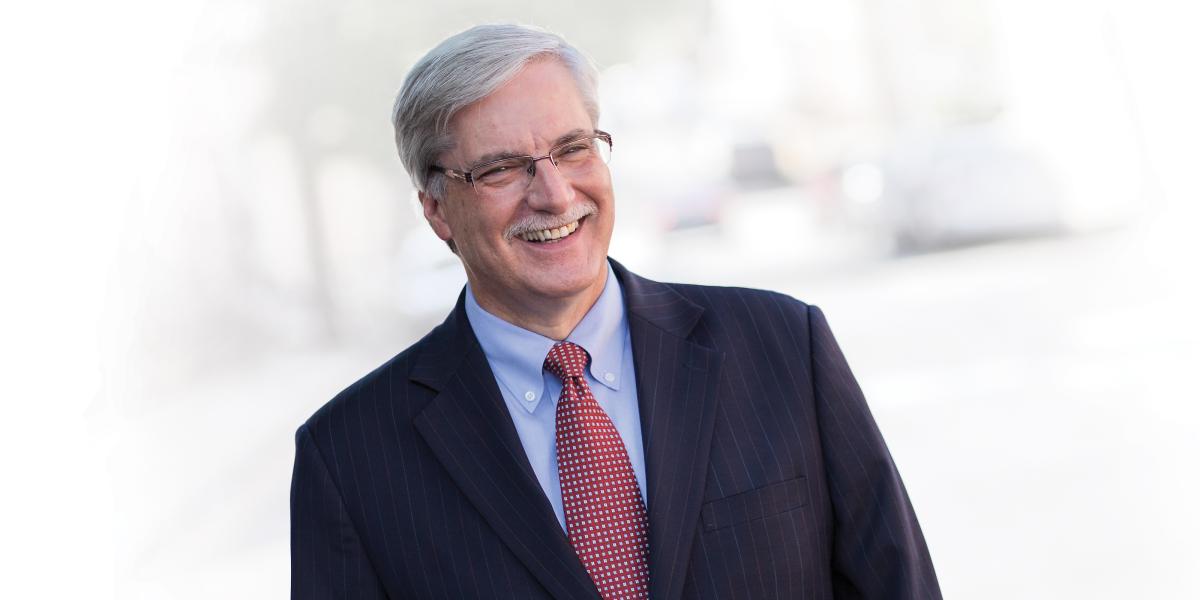Open Mike: The Road to Hell
What would happen if every six days a 747 loaded with passengers crashed, killing everyone aboard?
Imagine the concern, the outrage, the media firestorm… . We would demand immediate solutions to prevent deaths and save lives. And yet, Americans remain strangely quiet about the 27,000 unintentional prescription drug overdose deaths each year in the U.S.—almost as many deaths as result from motor vehicle injuries. And this is just the tip of the iceberg. For every such death from prescription painkillers, 10 people are admitted for treatment of abuse and 130 people abuse or are dependent on such drugs.
It’s clear that we are in the midst of an epidemic of overdoses of prescription drugs—opioids, sedatives and stimulants. How did we get here?
Well, there’s plenty of blame to go around. Take opioids, for example. In the 1980s and 1990s, there was a growing realization by the medical community that many patients with pain were treated inadequately. Clinical protocols were revised to ensure that physicians assess every patient’s pain levels and treat pain aggressively. In response to the need to better control pain, pharmaceutical companies developed new formulations of narcotics that relieved pain, but unfortunately also had a high potential for abuse.
The result has been astonishing. From 1997 to 2007, U.S. sales of opioid drugs like Vicodin and Percocet increased by more than 600 percent. Concomitantly, prescription drug misuse and abuse increased, necessitating more than 475,000 emergency department visits in 2009 alone—almost twice as many as in 2004.
When I was a practicing physician, I had a healthy respect for the addictive power of narcotics as well as their ability to relieve pain. But you don’t have to be a medical provider to know that narcotic use can ensnare people. We all are familiar with news accounts of celebrities like Rush Limbaugh who become addicted to prescription drugs. Or stars like Heath Ledger who die from prescription drug overdoses.
This problem developed because people from many sectors were trying to do the right thing: help patients in pain. But, as my second-grade teacher used to say, “the road to hell is paved with good intentions.” In an attempt to relieve suffering, the threshold for use of narcotics was lowered. Problems presented by the more frequent prescription of opioids were exacerbated by unethical physicians who operated “pill mills,” patients who practiced “doctor shopping” (collecting prescriptions from different doctors), and our balkanized medical “system” that impedes checks and balances in prescription medication tracking.
As I said, there’s plenty of blame to go around; the question is how to solve the problem.
First we have to define it. The old metaphor of the blind men and the elephant comes to mind. Is it a regulatory problem? Yes. Is it a clinical problem? Yes. A patient education problem? Yes. A law enforcement problem? Yes. In fact, it’s all of these.
Because the problem is complex, solutions can have unintended consequences. In 2011, for example, a Maryland physician was disciplined for writing excessive numbers of medically unwarranted prescriptions for narcotics. An epidemic of withdrawal followed when his patients’ supply was cut off.
We need a systems approach to solutions that involve all the stakeholders. Public health has a long track record of attacking and solving problems like this. For example, injury researchers worked with policymakers, car manufacturers, law enforcement and others to make our roads dramatically safer. Annual traffic deaths in the U.S. fell from nearly 51,000 in 1966 to about 33,000 in 2010, even as our population increased by almost 60 percent.
We need the same kind of effective collaboration today to reduce prescription drug deaths. Patients and the public need to understand the risks, as well as the benefits, of taking these medications, how to safely store them, and methods of proper disposal when they are no longer needed. New drugs with less addiction potential must be developed. All states should have Prescription Drug Monitoring Programs that track prescription drug use. Even better, these state-based databases have to talk to one another. We also need to improve communications among clinicians, health agencies, pharmacists, drug manufacturers and law enforcement. Lastly, we need rational policies that promote judicious use of powerful prescription medications while limiting misuse that can lead to addiction and death.
Academic centers like the Bloomberg School can and should play the role of a trusted partner that brings groups together to find effective answers. By convening all stakeholders, we can devise better solutions.
To move this important agenda forward, I have asked our faculty from the Center for Injury Research and Policy as well as our soon-to-be-launched Center for Drug Safety and Effectiveness to bring together stakeholders for a symposium next spring to engage in a candid discussion about the problem and possible solutions.
It’s time we recognize that the prescription drug abuse problem is an epidemic. We must respond with the urgency and focus that such a public health crisis demands.
